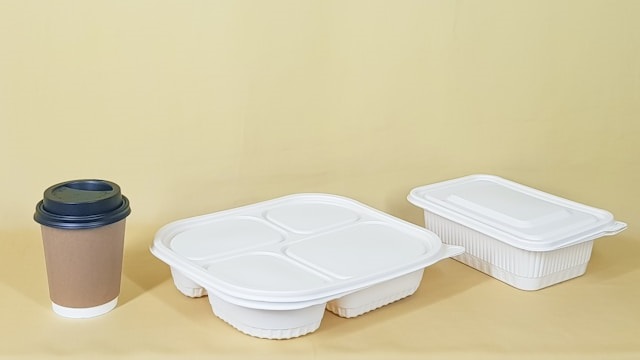The Impact of Packaging on International Trade
✍🏻 Written by Dr. Rahim Mohtaram, Business Development Manager at Saina Pack
Packaging plays a crucial role in the global supply chain, extending beyond the mere protection of goods. It directly influences international trade processes, customs clearance, product security, and overall logistics efficiency. In this article, we will explore how packaging affects key aspects of international trade, from customs procedures to insurance and Incoterms compliance.
1. Identification and Documentation
Proper packaging helps customs authorities accurately identify and document imported and exported goods. Clearly labeled and well-structured packaging ensures smooth customs clearance by reducing the risk of misidentification and regulatory non-compliance.
2. Security Screening and Inspection Efficiency
Well-packaged items facilitate faster and more efficient security screenings at border checkpoints. Transparent and organized packaging minimizes the need for manual inspections, reducing delays and ensuring a more streamlined customs clearance process.
3. Customs Valuation and Cost Impact
Packaging details are considered during customs valuation, impacting the calculation of duties and taxes. Poor or excessive packaging can lead to increased costs, while optimized packaging helps businesses avoid unnecessary expenses.
4. Accuracy of Customs Declarations
Proper labeling and documentation on packaging assist customs officers in verifying the accuracy of customs declarations. Mismatches between declared and actual contents can lead to delays, fines, or re-evaluations. Accurate packaging information reduces discrepancies and speeds up the clearance process.
5. Tariff Classification and Trade Regulations
Packaging characteristics influence tariff classification, determining applicable customs duties and trade restrictions. Standardized and compliant packaging ensures that products are classified correctly, preventing unexpected charges or legal complications in international trade.
6. Packaging and Cargo Insurance Considerations
Insurance companies assess the quality of packaging when determining coverage for transported goods. If inadequate packaging leads to damage, insurers may refuse to cover losses. Proper packaging acts as a risk mitigation strategy, protecting both the goods and the financial interests of businesses.
7. Incoterms Compliance and Packaging Responsibilities
Packaging is a key consideration under Incoterms (International Commercial Terms), which define the responsibilities of buyers and sellers in international trade. In most cases, the seller is responsible for ensuring that goods are adequately packed for transport. Complying with Incoterms standards not only prevents damage but also avoids disputes between trading partners.
8. Sustainability and Environmental Compliance
With increasing global regulations on sustainability, packaging must also align with environmental standards. Many countries impose restrictions on excessive or non-recyclable packaging materials. Businesses that adopt eco-friendly packaging solutions benefit from smoother customs clearance, enhanced brand reputation, and compliance with international environmental regulations.
9. Brand Perception and Market Competitiveness
Beyond regulatory and logistical factors, packaging plays a significant role in branding and customer perception. Well-designed, durable, and informative packaging enhances a product’s market appeal, reinforcing a company’s reliability in international trade.
Conclusion
Effective packaging is not just about protecting goods; it is a critical factor in ensuring seamless international trade. From customs compliance and risk management to branding and environmental responsibility, packaging influences multiple aspects of global commerce.
As a specialized supplier in the printing and packaging industry, Saina Pack is ready to collaborate with businesses across various sectors, providing high-quality solutions to optimize their packaging needs in international trade.










